I’m sitting in Tegel airport in Berlin writing my column this month. Two months ago, I was sitting in JFK with a rising sense of panic about leaving my fiancé, my cat, and my friends to go spend eight weeks in intensive language school for a DAAD fellowship in Berlin. I’ve always been a good traveler, but for the first time in my life I almost bolted off the flight, so sure was I that I would miss New York too much and that I was too old to go gallivanting about Europe sans famile. How times have changed. Now, I don’t want to leave Berlin.
There are myriad reasons for this about-face, some connected to graduate life, some connected to the life I like to imagine might happen after graduate school. My rose-tinted glasses have a lot to do with having a much-needed break from the pressures of non-stop New York. For those who have visited Berlin after living in New York, I don’t need to explain the palpable difference in the pace of the two cities, both metaphorically and literally. Early in my stay I found myself enraged (this is not a hyperbolic word choice) at how slow pedestrians moved in Berlin (both tourists and regular city dwellers) before reminding myself that a) like Usain Bolt, New Yorkers are in a class of their own when it comes to moving quickly in one direction, b) I didn’t necessarily have anywhere to get to any quicker than the person in front of me because I wasn’t going to work, and c) stopping to admire the city was a wise move given I was an architectural history student in Berlin, a metropolis ripe for exploration.
I quickly learned that feet were not the best method of transport in the city, and my bike became an extension of my person. Almost each day after class, homework, and fall teaching prep had been completed, my trusty steed took me somewhere on the long, long list of places I wanted to go see: Sir Norman Foster’s Bundestag extension (like a mini FLW Guggenheim in glass), the Bauhaus Archiv (a jewel of a collection in a Gropius building), the Museen Insel (Pergamon, check! Ishtar Gate, check!), out to the Dahlem Museum (one of my favorites, off the beaten track and home to the former ethnographic collections of Berlin), off West to the Olympische Stadion and Corbusier’s Berlin Unité, up to Weissensee for lake swimming when it was too hot, and to an organ concert in the Berliner Dom when it rained. I saw the Onkel Tom’s Hütte housing estate, and a Herman Muthesius family home. I accosted workers at Peter Behrens’ AEG Factory, failing to wiggle my way inside for a look because they were too busy to chaperone a strange Scottish person who looked like they were hugging the exterior of their workplace (I was). At every stop, I would explain in German that my second language was terrible but that I had banned myself from using any English because I had to practice auf Deutsch. I grew in confidence, greeted 99% of the time with delight by Germans who were touched that I might wish to mangle their mother tongue in their presence – all in aid of getting to know their city better.
My favorite outing on bike was to Documenta, made entirely possible by my brilliant host Tina. Not knowing me from Adam before I came to stay for the summer, she offered me her discount rail ticket and the company of her and her good friend for two days in Kassel. We didn’t cycle to Kassel, but we did rent green Konrad city bikes when we got there and traversed the various exhibiton sites much faster and more pleasantly than we might have otherwise. Major international biennials and triennials seem to have become a relentlessly banal part of contemporary art production, directionless despite their international breadth (or so I have gleaned via second-hand reading and discussion, given that they’re usually also prohibitively expensive to get to on a grad student budget). dOCUMENTA blew my preconceptions out of the water. The five year wait seems to make a difference. In her organizing statement, curator Carolyn Christov-Bakargiev writes under the weighty title “On the Destruction of Art – or Conflict and Art, or Trauma and the Art of Healing.” Christov-Bakargiev’s curatorial umbrella sheltered a range of artists, works, and sites that open dialogue on the position of art in relation to conflict and its aftermath: reparations, dislocations, memory, trauma, and experience. This somber backdrop speaks to both contemporary strife, and the impetus for the event’s inception in 1955 by curatorial founder Arthur Bode (1900-77). Bode’s inaugural exhibition was conceived as a response to one of the major Western traumas of the twentieth century, WWII, and the associated banishing of the contemporary avant-garde under National Socialism in Germany.
We had only 24 hours to see as much as we could and could only ever hope to achieve a series of collected impressions, especially since in this latest iteration the expansive curatorial gesture was spread over four cities (Kassel, Alexandria, Kabul, and Banff). We approached the task with gusto, initiating the day by scrambling precariously down Natascha Sadr Haghihian’s Trail, (2012), a ladder bolted to the wall of the beautiful Karlsaue Park that met a scrappy mud path made slick by the passage of many feet down its steep incline. The sounds of animals squawking and lowing, voiced in comically human tones, emerged from the bushes, resulting in a giggling fit halfway down, and muddied pants with which I then strolled through the museums.
Not just an adult playground, Haghihian’s work deliberately negated the manicured quality of the pleasure gardens and the monumental stairway that memorializes the lost German soldiers of the two great wars. Relying on willingness to go off-piste, the work was a fitting metaphor for the idiosyncratic paths of discovery each visitor carved out at Documenta. The work of Korbinian Aigner at the Fridericianum museum was more somber. A Bavarian village pastor who spoke out publicly against Nazisim, Aigner was interned at Dachau and Sachsenhausen and forced to work on the land while at the concentration camps. From a place which witnessed the constant extinction of life, Aigner created four new varieties of apple during the four years he was interned, one of which is still produced today. Aigner’s 900 color drawings of apples he cultivated between 1910 and 1960 are exhibited as his legacy, one of subversion and resistance through nature. Hopping on and off our Konrad’s from site to site we moved amongst Tino Sehgal’s dancers, listened to the musicians Theaster Gates had gathered at Huguenot House, traced Mark Lombardi’s capitalist-critique maps, and fell in love with Mario Garcia Torres’ pilgrimage to find Alighero Boetti’s One Hotel in Kabul.
That was almost four weeks ago, and I think it was the moment I truly fell in love with being in Germany. I woke up this morning knowing it would be the last time for a long while that I’d hear the throbbing of techno music and beer bottles clinking at 9am on a Sunday morning. I never made it to Berghain or indeed any of the Berlin clubs. When I wasn’t at school or out on my bike, most of my time was spent relaxing at home, or making dinner with Tina, or in the local markets. I came home for the last time last night and Tina had left a parting gift on my desk: Roman Ondak’s Observations, a beautiful book of the first work we had seen in Kassel. In return, I’m taking her for her first-ever pedicure when she visits New York next month. I feel it’s a sound cultural exchange. And now I’m on a plane home. Last time I fell in love so wholly with a city, its people, and a way of life, I ended up moving there. As the slogan goes: Berlin, du bist so wunderbar. But New York, fear not. I haven’t forgotten my fast walk.

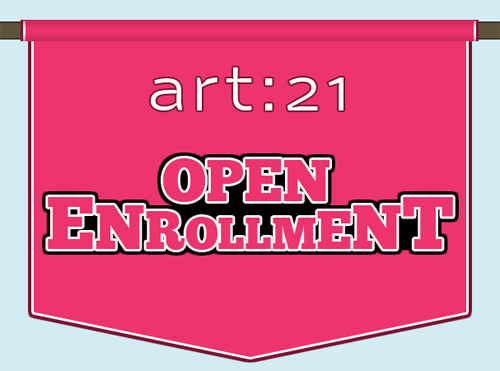
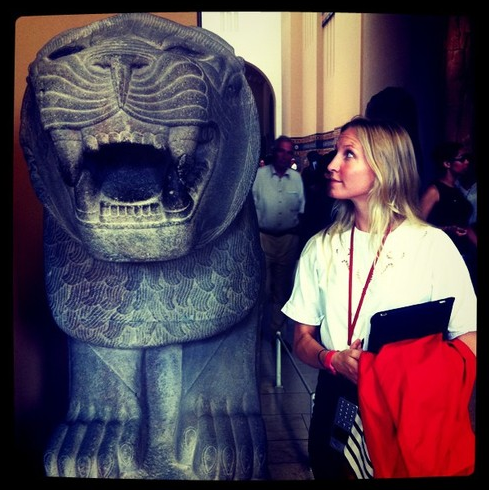
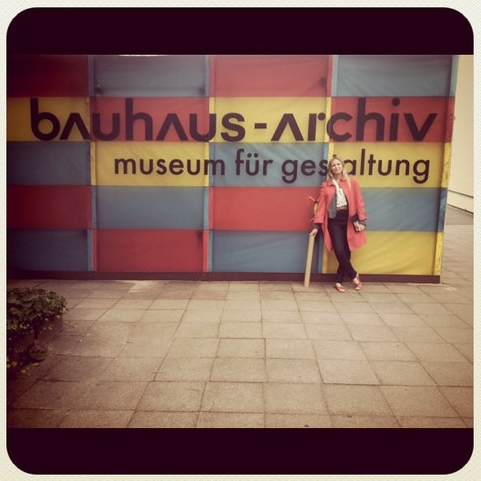
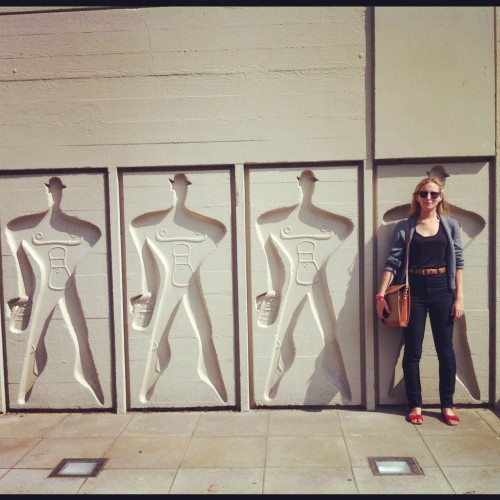
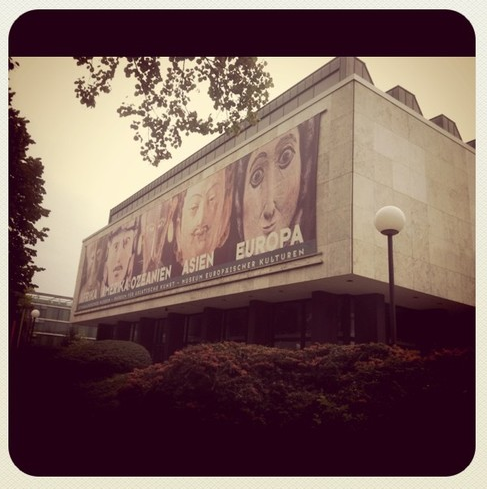
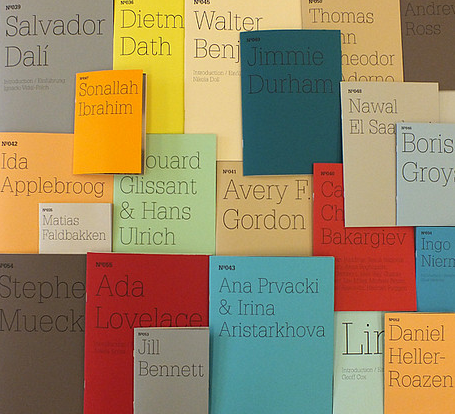
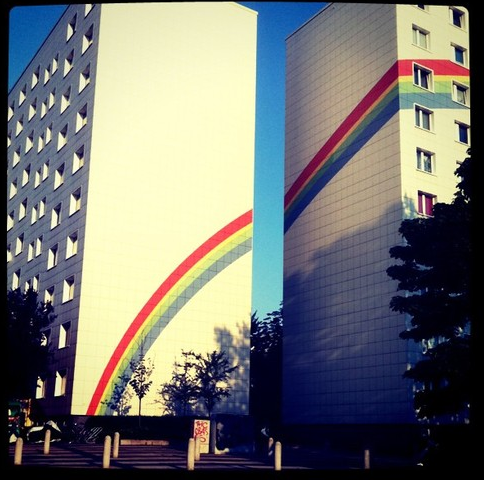



Pingback: Open Enrollment | Auf Wiedersehen, Berlin | Uber Patrol - The Definitive Cool Guide